Soviet-Era M-55 Spy Plane May Be Headed To Support The War In Ukraine
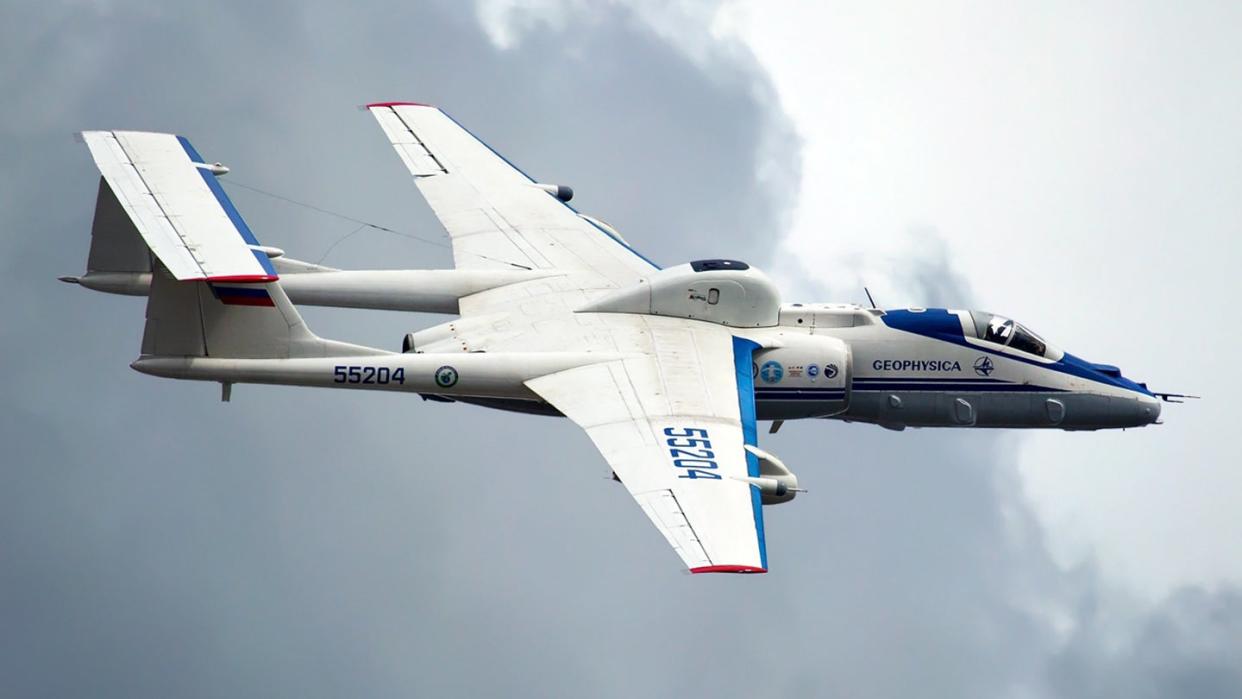
Russia is likely considering returning to service its Cold War-era M-55 high-altitude spy plane, to provide additional intelligence-gathering capabilities over the battlefields of Ukraine. This is the recent assessment of the U.K. Ministry of Defense, and it follows the appearance of photos showing the rarely-seen aircraft at a Russian test facility, fitted with an electronic intelligence (ELINT) payload.
In one of its regular intelligence updates, the U.K. Ministry of Defense assesses that Russia is “likely considering bringing the Soviet-era M-55 Mystic-B high-altitude reconnaissance aircraft back into service.” In fact, the M-55 never made it into operational military service with the Soviet Union or Russia, with only four examples being flown. The last of these to remain active was more recently used for civilian research of the stratosphere and the Earth’s surface, under the name Geofizika.
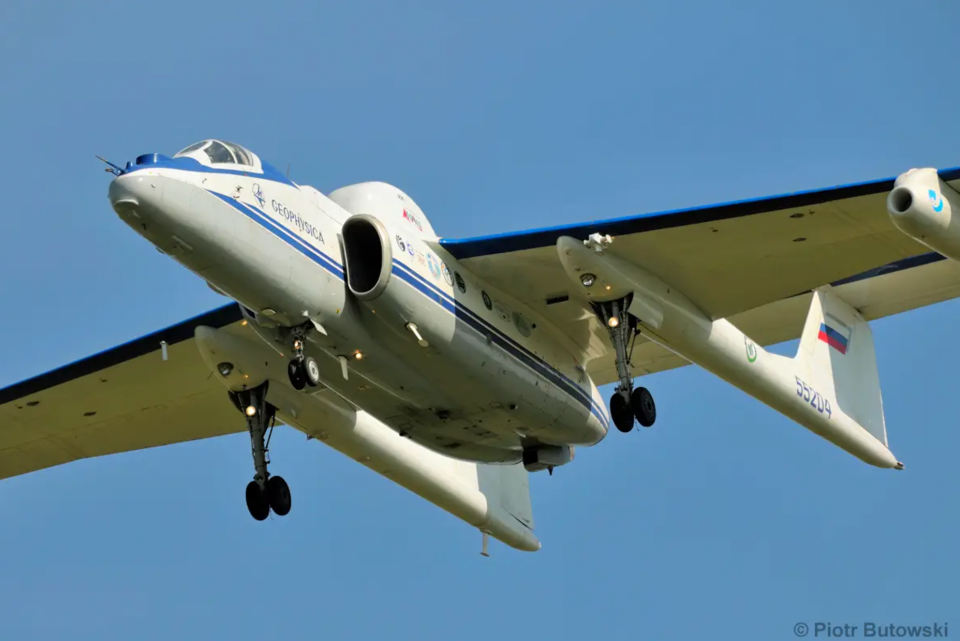
Noteworthy is the fact that although the Myasishchev M-55 was originally developed as a high-altitude reconnaissance aircraft. First flown in September 1988, it was derived from the M-17 Mystic-A, a balloon interceptor. You can read all about that project here, suffice it to say that the aircraft appeared too late to fulfill its planned role in countering Western surveillance balloons.
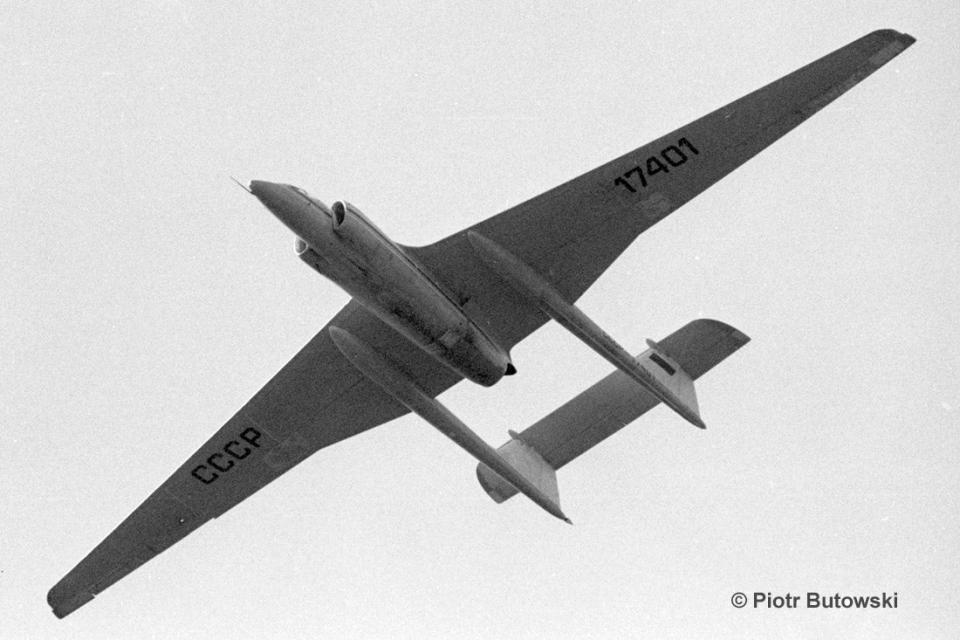
The U.K. Ministry of Defense states that the operating ceiling of the M-55 is over 70,000 feet and that “it has been observed carrying a military reconnaissance pod, developed for employment on Russian fighter aircraft.”
This is a reference to the appearance of the M-55 at Zhukovsky airfield near Moscow carrying an external store that has been identified as the UKR-RT. This pod, in which the RT suffix is thought to mean ‘radio-technical,’ is normally associated with the Su-34 Fullback strike fighter.
An apparently recent photo showing an M-55 at Zhukovsky with a UKR-RT pod under its starboard wing:
https://twitter.com/aerofotos1/status/1726714141115928844
The UKR-RT is part of a trio of pods available for the Su-34, each of which carries out a specific reconnaissance or electronic warfare duty. The UKR-RL (radio-location) pod accommodates a side-looking reconnaissance radar, while the UKR-OE is an electro-optical pod containing a TV camera and an infrared scanner. The UKR-RT is the most secretive of the three and carries a signals intelligence (SIGINT) system, purportedly produced by the CNIRTI institute in Moscow.
https://twitter.com/Missilito/status/601161966791561217 https://twitter.com/dana916/status/1724576227451666446
The pod has been around for a while, including undergoing earlier tests aboard an An-24 Coke twin-turboprop transport as early as 2005; the An-24 installation was likely intended only as a research platform.
https://www.twitter.com/piotr_butowski/status/1722253779666649583?s=20
Using its SIGINT payload, the UKR-RL pod hoovers up radio-frequency transmissions, geolocating and categorizing radars and other emitting systems. This would help detect active air defense radars, for example, or otherwise help put together an accurate electronic order of battle of enemy forces. This would include the locations and types of enemy radars, communications nodes, electronic warfare systems, and other transmitters. In this way, the pod can be used to locate ground formations and assess their activities via their emissions.
Clearly, such a function would be highly beneficial to the Russian Armed Forces operating in and around Ukraine.
As the U.K. Ministry of Defense notes, “A critical flaw in Russian procurement strategy has been its failure to establish an adequate intelligence, surveillance, target acquisition and reconnaissance (ISTAR) capability,” which is “critical for the timely and accurate prosecution of targets by air, sea, and ground forces.”
The UKR-RL pod may be one option to help address that shortfall, but operating pod-equipped Su-34s over the front lines, or even close to them, in some scenarios, presents a very high level of risk. As Ukraine’s already capable anti-aircraft defenses continue to evolve, with new Western equipment arriving on a fairly regular basis, the risk presented to Russian tactical aircraft in Ukrainian airspace has increased to a prohibitive level.
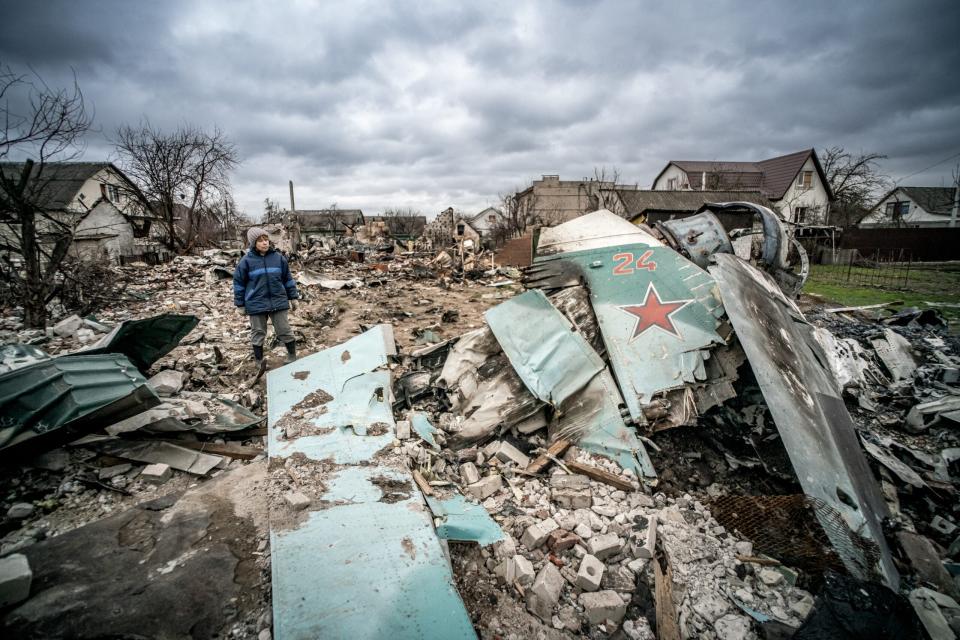
This has seen, for example, counter-air fighters and interceptors patrol primarily outside of Ukrainian airspace, while bombers and strike aircraft launch missiles and glide bombs from outside the range of Ukrainian air defense systems. Even Russian attack helicopters and ground-attack aircraft have developed tactics to try and counter ground-based air defenses, while new weapons with longer standoff ranges have also been introduced.
Having the option of an aerial SIGINT capability operating at 70,000 feet or more would render it immune to interception by all but the longest-range surface-to-air missile systems. Indeed, the M-55 would probably operate outside of Ukrainian borders, putting it further out of reach of hostile air defenses. Putting the UKR-RL on a high-altitude perch would also increase the overall capabilities of its sensors, allowing them to pick up threat emitters at a greater standoff range.
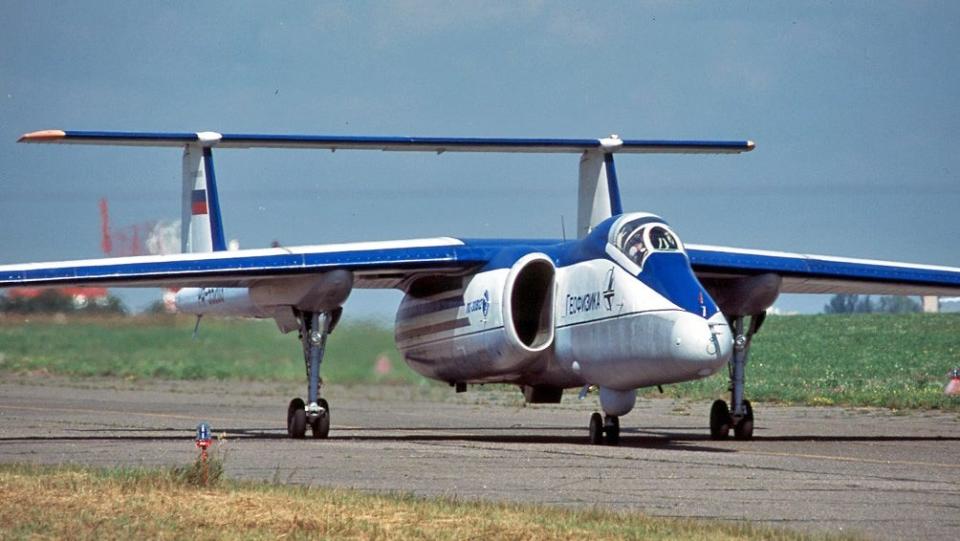
On the other hand, such missions would not be without risk. With the Patriot air defense system now available, Ukraine has a surface-to-air missile with long-range and high-altitude capabilities, meaning it's possible it could try to ambush the M-55 outside of its own borders. This, however, would require a Patriot battery to be moved closer to the frontier with Russia, in turn leaving that battery more vulnerable to attack. There is an apparent precedent for this, with accounts of Russian aircraft downed while operating over Russian territory, back in May this year.

There is an interesting parallel, in fact, to how Soviet planners originally envisaged that the M-55 would operate.
As we explained in our previous feature on the balloon-killing M-17, the reconnaissance version of the Mystic M-17RM was supposed to:
“…conduct reconnaissance of ground positions by flying several dozen miles deep into enemy territory at high altitudes. It would transmit the reconnaissance data in real-time to a ground command post, from where, in turn, target indications could be sent to strike units. This system was broadly similar to the U.S. Assault Breaker or PLSS (Precision Location Strike System). However, the project was never implemented.”
Assault Breaker, meanwhile, would have made use of sensors aboard the U-2 spy plane (then known as the TR-1), to which the M-55 can be seen in many ways as a Soviet analog.
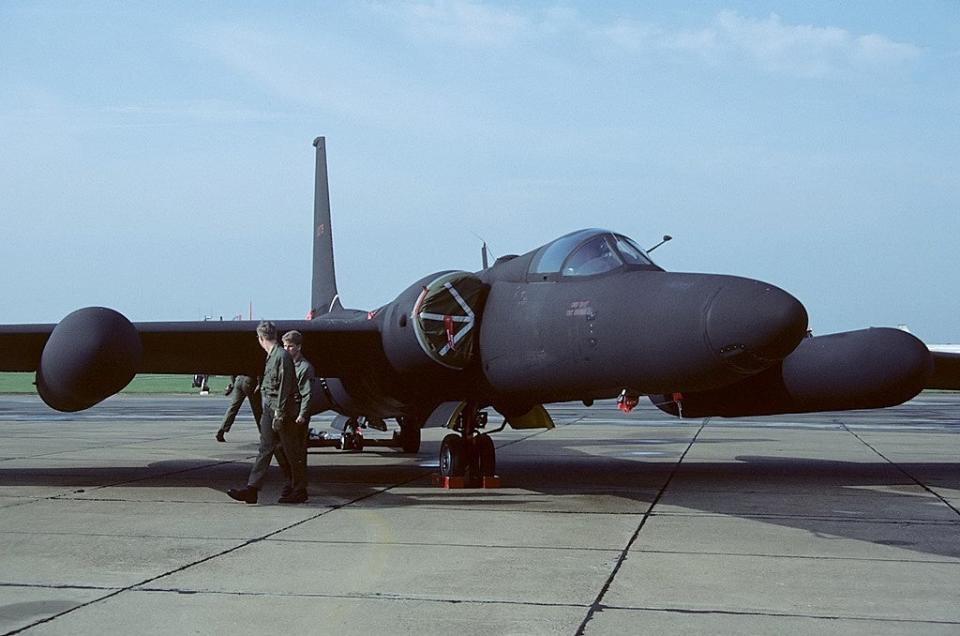
The key difference between the Cold War-era M-55 mission, and its potential use in the Ukrainian war, is that it almost certainly would remain on the Russian side of the border. But there would likely be similarities in terms of the kinds of intelligence that the aircraft would gather.
It's noteworthy that, more generally, the Russian military seems to be using its aircraft to make up for gaps in its ISTAR coverage in its current war in Ukraine.
Recently, reports have emerged, including from the U.K. Ministry of Defense, stating that the Beriev A-50 Mainstay airborne early warning and control (AEW&C) aircraft is now being used to support Russian ground-based air defenses, in particular the long-range S-400 system.

“Russia has likely expedited integrating Mainstay and SA-21 partially because it is concerned about the prospect of Ukraine deploying Western-provided combat aircraft,” the U.K. Ministry of Defense says.
There is a “realistic possibility that Russia will accept more risk by flying Mainstay closer to the front line so the aircraft can effectively carry out its new role,” the ministry adds.
https://www.twitter.com/DefenceHQ/status/1725434086137704820?s=20
While an M-55 carrying a UKR-RL pod — or another surveillance payload — could well be a valuable addition to Russia’s stretched ISTAR capabilities, it will always remain a highly tokenistic effort. Only one M-55 is known to be in flyable condition at present and the number of sorties this aircraft will be able to generate is highly questionable. This also points to a glaring gap in the Russian inventory — that of a high-altitude, long-endurance (HALE) drone with capabilities even approaching those of the RQ-4 series.
If the U.K. Ministry of Defense is correct in its assessment, however, it is a strong indicator of the Russian Armed Forces’ demand for better intelligence, especially with regard to gathering radio-frequency emissions. It’s also another sign of how seriously Russia is taking the Ukrainian air defense threat, with the decision to migrate the pod from the tactical Su-34 platform to the more strategically oriented M-55 spy plane.
With Ukrainian air defenses set to add still more Western equipment, including some novel types, we are likely to see Russia turn to more of these kinds of solutions in the future, not only to maintain pressure on Ukraine but also to better ensure the survival of its own assets.
Contact the author: thomas@thedrive.com

